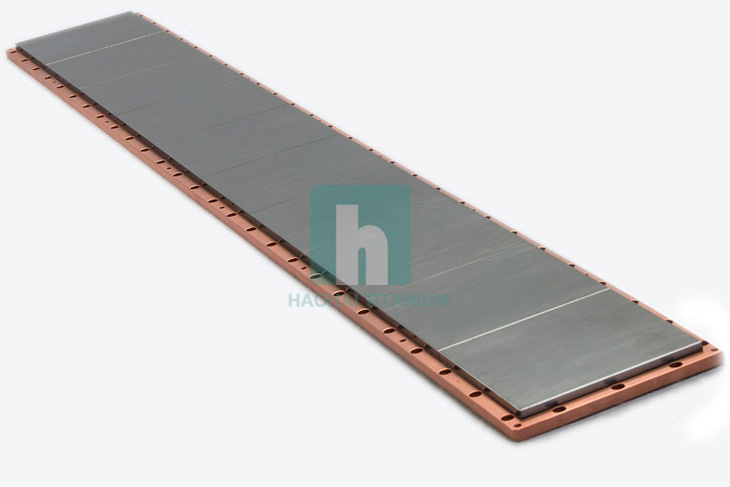
Metallic Bonding Service
-
Min Order
1
-
Product Unit
Pieces
-
Origin
China Mainland
-
Payment


- Contact Now Start Order
- Favorites Share
- Description
Product Detail
Metallic (Indium) Target Bonding Service
Features
Indium is the preferred method for bonding sputtering targets because it has the best thermal conductivity of all available bonds and is the most efficient at drawing heat away from the target. Indium is also more malleable than other bonding solders and therefore it is more forgiving. The softer solder allows some "give" when the target expands at a different rate than the backing plate. This reduces cracking that is caused by mismatch in the thermal expansion coefficients of the target and backing plate. The main limitation of the indium bond is the melting temperature of the indium solder. Indium has a melting point of 156.6°C so temperatures in excess of 150°C will cause the bond to melt and fail. Most materials can be indium bonded but there are a few exceptions.
Indium Specification
| Maximum Operating Temperature (°C) | 150° C |
| Thermal Conductivity (W/mK) | 83 |
| Coefficient of Thermal Expansion (K-1) | 32.1 x 10-6 |
| Electrical Resistivity (ohm-cm) | 8 x 10-6 |
| Bond Coverage | >95% |
| Bond Line Thickness | 0.010" ± 0.003" |
Benefits of Bonding Sputtering Targets
A material can transfer heat through its thickness faster when the material is thinner. For most sputtering R&D guns, the thickness of the target is reduced to half when it is bonded to a backing plate because the gun has a maximum thickness allowance. The copper backing plate comprises the other half of the thickness. The thinner target can cool more effectively than a thicker target because the distance that the heat generated on the surface of the target has to travel to reach the cooled side is reduced.
A ceramic material can cool more efficiently when bonded. The target is in intimate contact with the conductive solder layer which draws the heat from the target surface and into the copper backing plate. The copper backing plate is in contact with the water cooled gun so the heat is transferred through both pieces of copper and is removed through the cooling water.
Some ceramic sputtering targets will crack during sputtering due to thermal shock regardless of whether the target is bonded or the ramping procedure used to condition the target. Bonded targets can usually continue to be used even after a target crack occurs, where typically an un-bonded target cannot.
Haohai Metal Assurance for Bonding Service
To improve thermal conductivity under high power inputs, we offer target bonding on backing plates using indium-, elastomer-, aluminum- and silver-based metallic alloy. Durable target bonding requires a variety of pre and post bond functions to assure adhesion. Our quality bonding techniques and process are characterized as following:
1. To eliminate cavities at the edges of a solder bond that may entrap air and form a virtual vacuum leak in your sputtering system.
2. To ensure the thermal integrity of the interface between the system's cooling assembly and the surface of the target.
3. Zone controlled hot plates for precise control of thermal expansion and solderability.
4. C-Scan imaging system is used to detect material flaws, interrogate bonds and accurately measure thickness.
5. X-ray radiographic inspection to verify bond integrity.
- Mineral Processing Grade CMC 1 Pieces / (Min. Order)
- Methanol Decomposition Furnace 1 Pieces / (Min. Order)
- Wei Metal Industry Pressure Sensitive Adhesive 1 Pieces / (Min. Order)
- Small Power Heating Oil Furnace 1 Pieces / (Min. Order)
- AEM-9055 Process Line Closed White 1 Pieces / (Min. Order)
- Beam Shaping Device 1 Pieces / (Min. Order)
- Crystal Processor CY-200A 1 Pieces / (Min. Order)
- DHF-680Small Direct-drive Wind Turbine 1 Pieces / (Min. Order)
- Medical Grade Liquid Silicone 1 Pieces / (Min. Order)
- Ferroalloy smelting furnace 1 Pieces / (Min. Order)
- Sheet Metal Processing Biz Supplies 1 Pieces / (Min. Order)
- Sheet Metal Processing Metal Furniture 1 Pieces / (Min. Order)
- Sheet Metal Processing Communication Cabinet 1 Pieces / (Min. Order)
- Sheet Metal Processing Fiber Box 1 Pieces / (Min. Order)
- Sheet Metal Processing Server Chassis 1 Pieces / (Min. Order)
- Full Metal Crown and Bridge 1 Pieces / (Min. Order)
- Metal Shock Mount for Microphone 1 Pieces / (Min. Order)
- Best 3D Sla Printer With Big Workspace 1 Pieces / (Min. Order)
- Types of Black Metal Separating Zipper Price 1 Pieces / (Min. Order)
 Menu
Menu




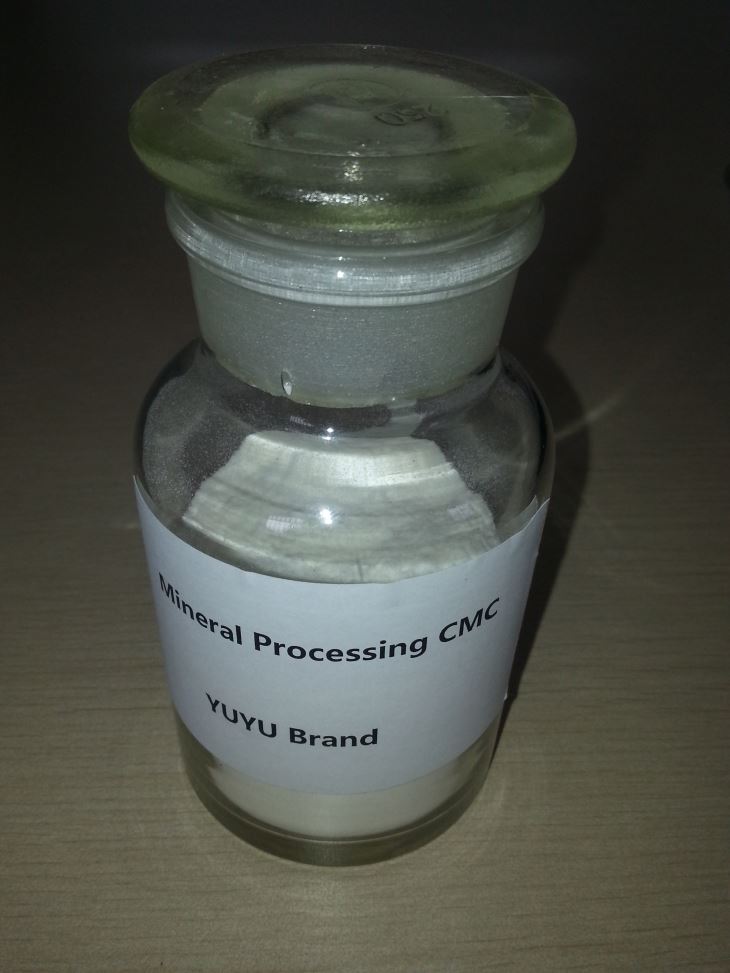
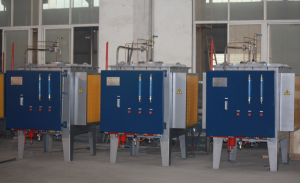
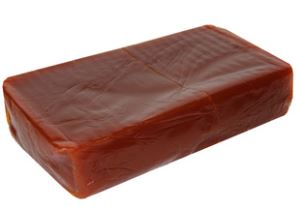
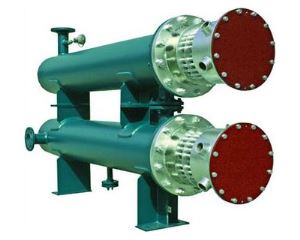
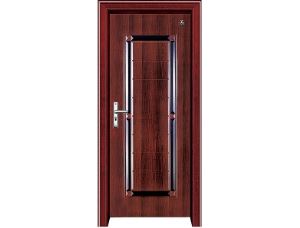
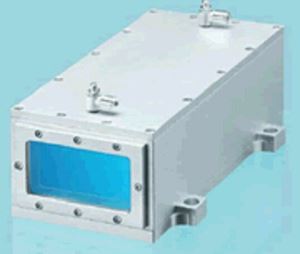

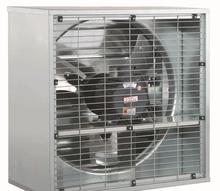
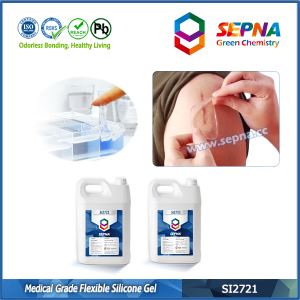
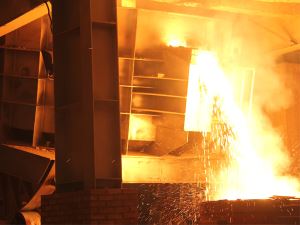
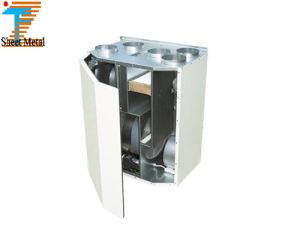

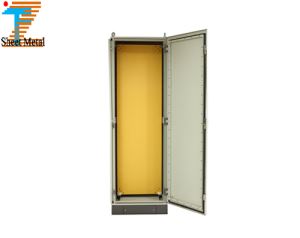
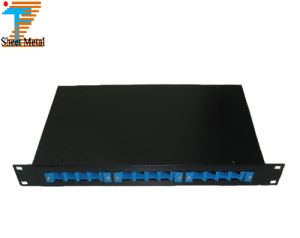


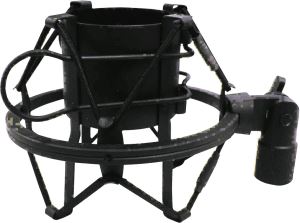
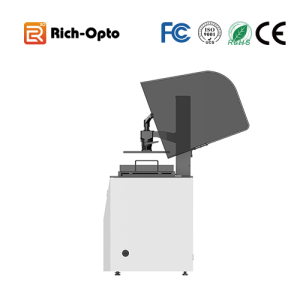

 Favorites
Favorites
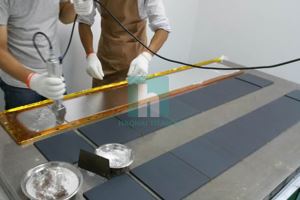
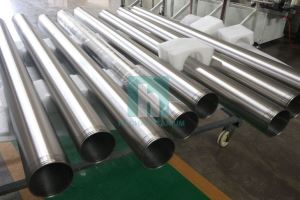
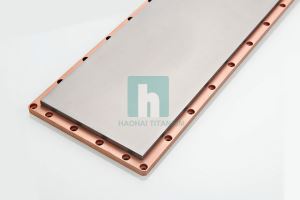
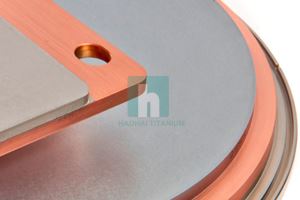

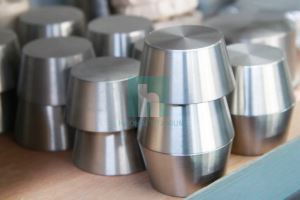

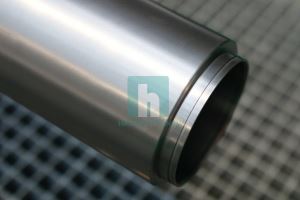
 Frequent updates ensuring high quality data
Frequent updates ensuring high quality data
 Over 5000 customers trust us to help grow their business!
Over 5000 customers trust us to help grow their business!


 Menu
Menu